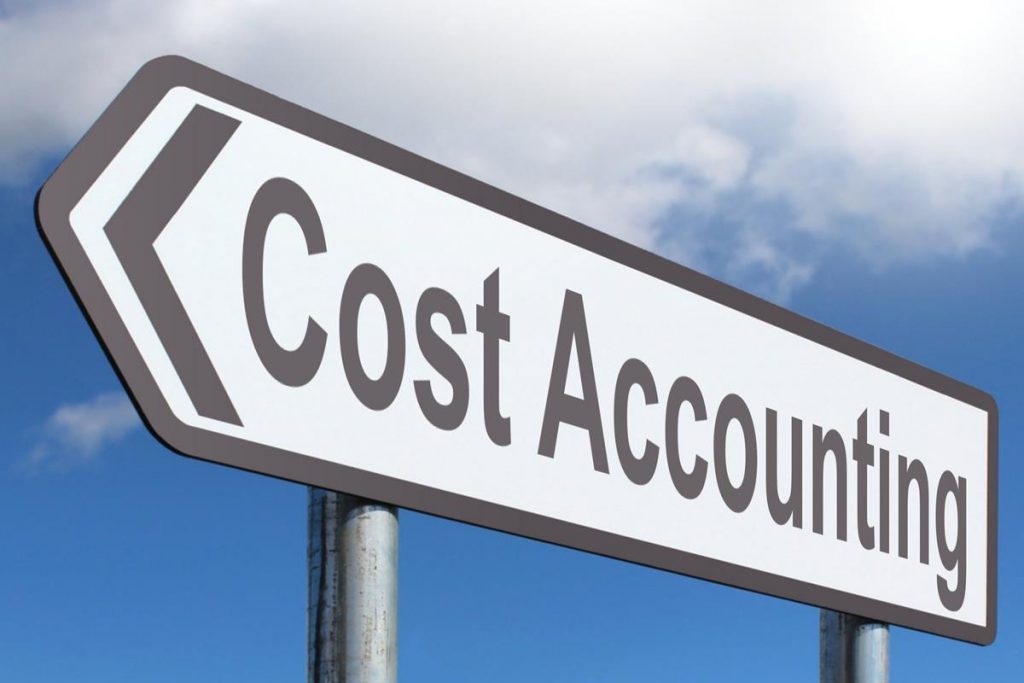Understanding Cost Accounting: A Comprehensive Overview
Cost accounting is an essential branch of accounting that focuses on capturing, analyzing, and reporting costs associated with a company’s operations. It provides crucial insights into the cost structure of a business, enabling effective budgeting, cost control, and decision-making. This article explores the fundamentals of cost accounting, its importance, methods, and its role in modern business management.
What is Cost Accounting?
Cost accounting is a systematic process of recording, analyzing, and reporting the costs of goods and services produced by a business. Unlike financial accounting, which focuses on providing information to external stakeholders, cost accounting is primarily aimed at internal management. It helps managers understand the cost of operations, which is vital for pricing, budgeting, and strategic planning.
Importance of Cost Accounting
1. Cost Control
One of the primary objectives of cost accounting is to control costs. By identifying and analyzing costs, businesses can pinpoint areas where expenses can be reduced or managed more efficiently. This leads to improved profitability and competitiveness.
2. Budgeting and Forecasting
Cost accounting plays a crucial role in the budgeting process. It helps businesses develop realistic budgets by providing detailed information about fixed and variable costs. Accurate cost data enables organizations to forecast future expenses and revenues, leading to better financial planning.
3. Decision-Making
Cost accounting provides valuable insights that aid in decision-making. Managers can analyze the cost structure of products or services, enabling them to make informed choices about pricing, product development, and resource allocation.
4. Performance Measurement
Cost accounting helps measure the efficiency and performance of different departments or product lines. By comparing actual costs to budgeted costs, businesses can assess their performance and take corrective actions when necessary.
5. Inventory Valuation
Cost accounting methods assist in valuing inventory accurately. This is important for financial reporting and tax purposes. Proper inventory valuation ensures that a company’s balance sheet reflects an accurate picture of its assets.
Key Concepts in Cost Accounting
1. Cost Classification
Costs can be classified in various ways, including:
- Fixed Costs: Costs that do not change with production levels (e.g., rent, salaries).
- Variable Costs: Costs that vary directly with production levels (e.g., raw materials, labor).
- Semi-Variable Costs: Costs that have both fixed and variable components (e.g., utility bills).
2. Cost Behavior
Understanding how costs behave at different levels of production is crucial for effective cost management. This involves analyzing how costs change with variations in output.
3. Cost Allocation
Cost allocation is the process of assigning indirect costs (overheads) to specific products, departments, or projects. This ensures that all costs are accounted for and helps in determining the true cost of goods sold.
4. Break-Even Analysis
Break-even analysis determines the point at which total revenues equal total costs. This information is vital for businesses to understand the minimum sales required to avoid losses.
Methods of Cost Accounting
Several methods can be used in cost accounting, each with its unique approach to analyzing costs:
1. Job Order Costing
Job order costing is used when products are manufactured based on specific customer orders. Costs are tracked for each job, allowing for precise cost control and profitability analysis.
2. Process Costing
Process costing is suitable for mass production environments where products are indistinguishable from one another. Costs are averaged over units produced, making it easier to determine the cost per unit.
3. Activity-Based Costing (ABC)
ABC is a more sophisticated costing method that assigns costs to activities based on their usage of resources. It provides a more accurate picture of product costs, especially in complex production environments.
4. Standard Costing
Standard costing involves setting predetermined costs for products or services. These standards are then compared to actual costs, helping identify variances and areas for improvement.
The Role of Technology in Cost Accounting
Advancements in technology have significantly impacted cost accounting practices. Software solutions and tools have streamlined the cost accounting process, making it easier to collect, analyze, and report cost data. Key benefits include:
- Real-Time Data: Technology enables real-time tracking of costs, allowing for more timely decision-making.
- Enhanced Accuracy: Automated systems reduce the risk of human error in data entry and calculations.
- Better Reporting: Advanced analytics tools provide insightful reports and dashboards for management, facilitating better understanding and analysis of costs.
Conclusion
Cost accounting is a vital component of effective business management. By providing detailed insights into cost structures, it aids in budgeting, decision-making, and performance evaluation. Understanding and implementing cost accounting practices can lead to improved operational efficiency and profitability.
For businesses looking to thrive in a competitive environment, investing in robust cost accounting systems and practices is essential. As organizations continue to evolve, the importance of cost accounting in strategic planning and financial management will only increase, making it a crucial area of focus for managers and stakeholders alike.


